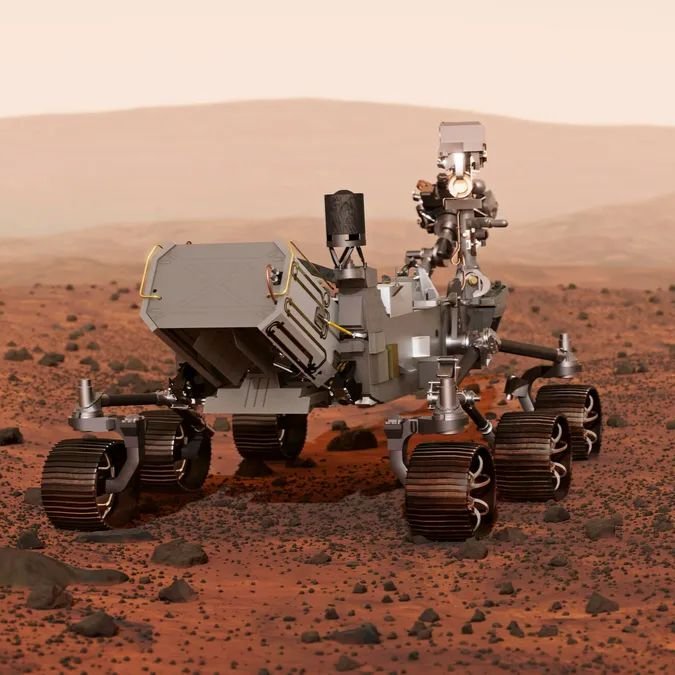
Brief by Shorts91 Newsdesk / 03:25am on 11 Sep 2025,Thursday Science
NASA's Mars rover Perseverance discovered rocks in Neretva Vallis, a dry river channel flowing into Jezero Crater, containing potential signs of ancient microscopic life. The sample, collected last summer from reddish clay-rich mudstones, contains organic carbon alongside minuscule "poppy seeds" and "leopard spots" enriched with iron phosphate and iron sulfide. These compounds are commonly produced by microorganisms consuming organic matter on Earth. Lead researcher Joel Hurowitz from Stony Brook University emphasizes that while microbial life is one explanation, non-biological processes could also create these features. Published in Nature journal, this represents the strongest evidence yet for ancient Martian life, though definitive conclusions require sample analysis in Earth laboratories through NASA's delayed Mars sample return mission. (PC: CNET)
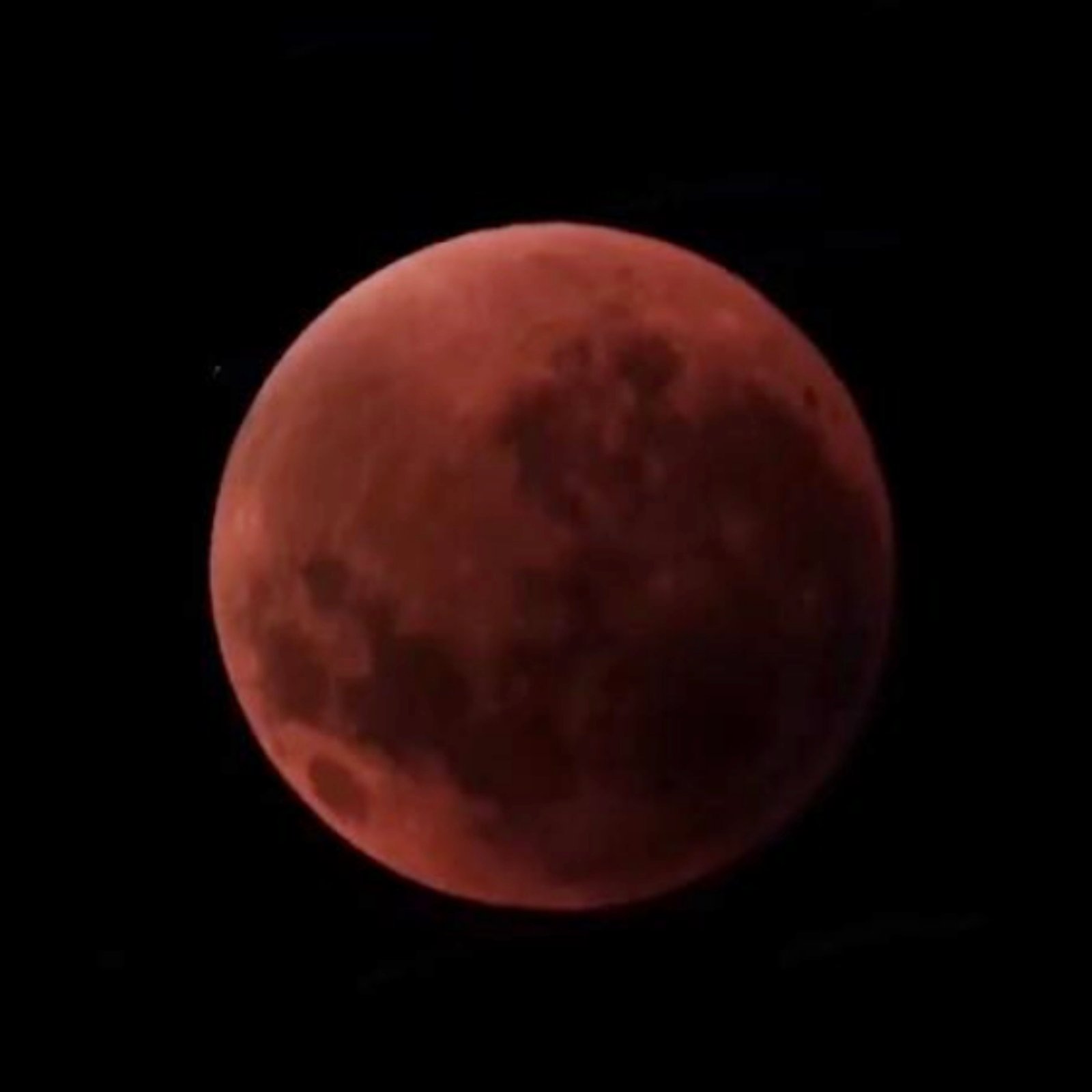
Brief by Shorts91 Newsdesk / 06:14pm on 07 Sep 2025,Sunday Science
A total lunar eclipse, also called Chandra Grahan, lit up the skies on September 7-8, 2025. The eclipse was seen in India, Australia, the Far East, the Middle East, Europe and parts of Africa. The Moon turned coppery red at 11:01 pm, creating the rare ‘Blood Moon’. People across cities like Delhi, Lucknow and Chennai gathered to watch the event, though cloudy skies spoiled views in some places. Many astronomy groups live-streamed the eclipse. Experts explained the red color comes from sunlight passing through Earth’s atmosphere. The next total lunar eclipse visible in India will occur on December 31, 2028. (PC: X)
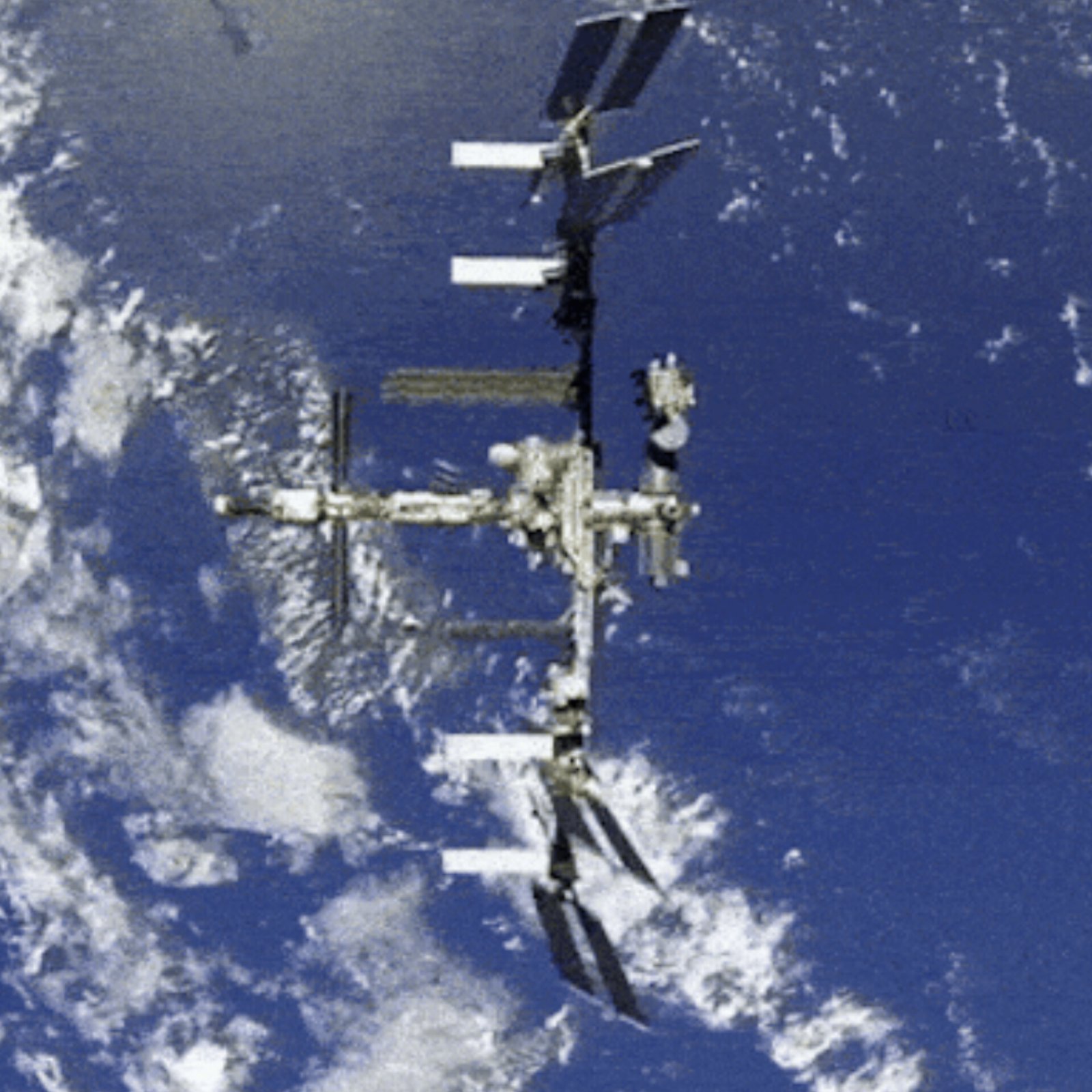
Brief by Shorts91 Newsdesk / 11:52am on 04 Sep 2025,Thursday Science
SpaceX’s Dragon spacecraft, docked at the International Space Station (ISS), performed a groundbreaking five-minute trunk burn using newly added Draco engines, successfully raising the station’s altitude by roughly one mile (1.6 kilometers). This mission, part of the CRS-33 resupply flight launched on August 24, 2025, includes a purpose-built “boost kit”—complete with independent propellant tanks and thrusters—to assist in regular orbital maintenance through the fall. The boost kit's first in-orbit operation marks its transition from test to operational use, helping ease reliance on traditional Russian or Cygnus reboosts. (PC: Space X)
Brief by Shorts91 Newsdesk / 05:02am on 04 Sep 2025,Thursday Science
SpaceX successfully launched the Starlink 10-22 mission, deploying 28 satellites into low Earth orbit from Space Launch Complex 40 at Cape Canaveral Space Force Station on September 3, 2025. The mission marked the company's 113th launch of the year and the second of five Starlink launches scheduled that week. The Falcon 9 first-stage booster B1083—on its 14th flight—landed safely on the Autonomous Spaceport Drone Ship A Shortfall of Gravitas (ASOG) in the Atlantic Ocean.
Brief by Shorts91 Newsdesk / 07:45am on 02 Sep 2025,Tuesday Science
India's first indigenously developed Vikram-32 bit processor chip was presented to Prime Minister Modi at Semicon India 2025 by Electronics Minister Ashwini Vaishnaw. Developed by ISRO's Semiconductor Laboratory in Mohali, Punjab, the chip represents a milestone in semiconductor self-reliance. The Vikram 3201 device successfully underwent space validation during the PSLV-C60 mission, proving its reliability for extreme space environments. This 32-bit floating-point processor can handle substantial memory and execute complex satellite launch instructions. Beyond space applications, it shows potential for defense, aerospace, automotive, and energy sectors. The achievement marks India's transition from semiconductor consumer to creator within three-and-half years, supported by five new semiconductor units under construction and Rs 1.60 lakh crore investments.
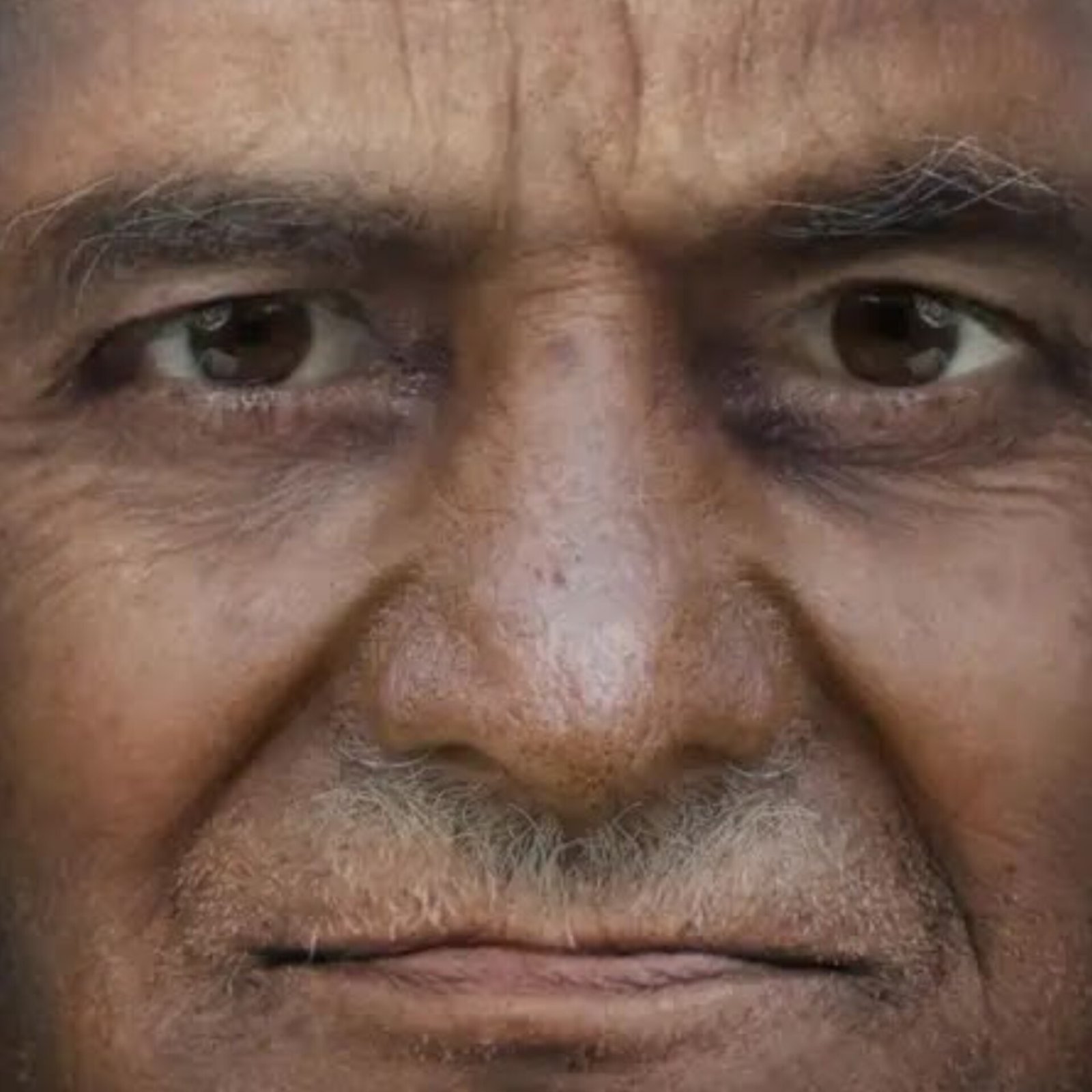
Brief by Shorts91 Newsdesk / 11:44am on 30 Aug 2025,Saturday Science
Researchers at Madurai Kamaraj University, Tamil Nadu, have digitally reconstructed the faces of two 2,500-year-old skulls excavated from Kondagai, a burial site near Keeladi. Using 3D scans and advanced reconstruction by Liverpool’s Face Lab, the study revealed features of Ancient Ancestral South Indians, with traces of Middle Eastern Eurasian and Austro-Asiatic ancestry—suggesting ancient migration and population mixing. Archaeologists believe Keeladi, dating to 580 BC, was a literate, urban civilisation engaged in trade, distinct from the Indus Valley. DNA extraction from burial urns is underway to trace ancestry and migration routes, igniting historical and political debates on India’s early urbanisation. (PC: BBC)
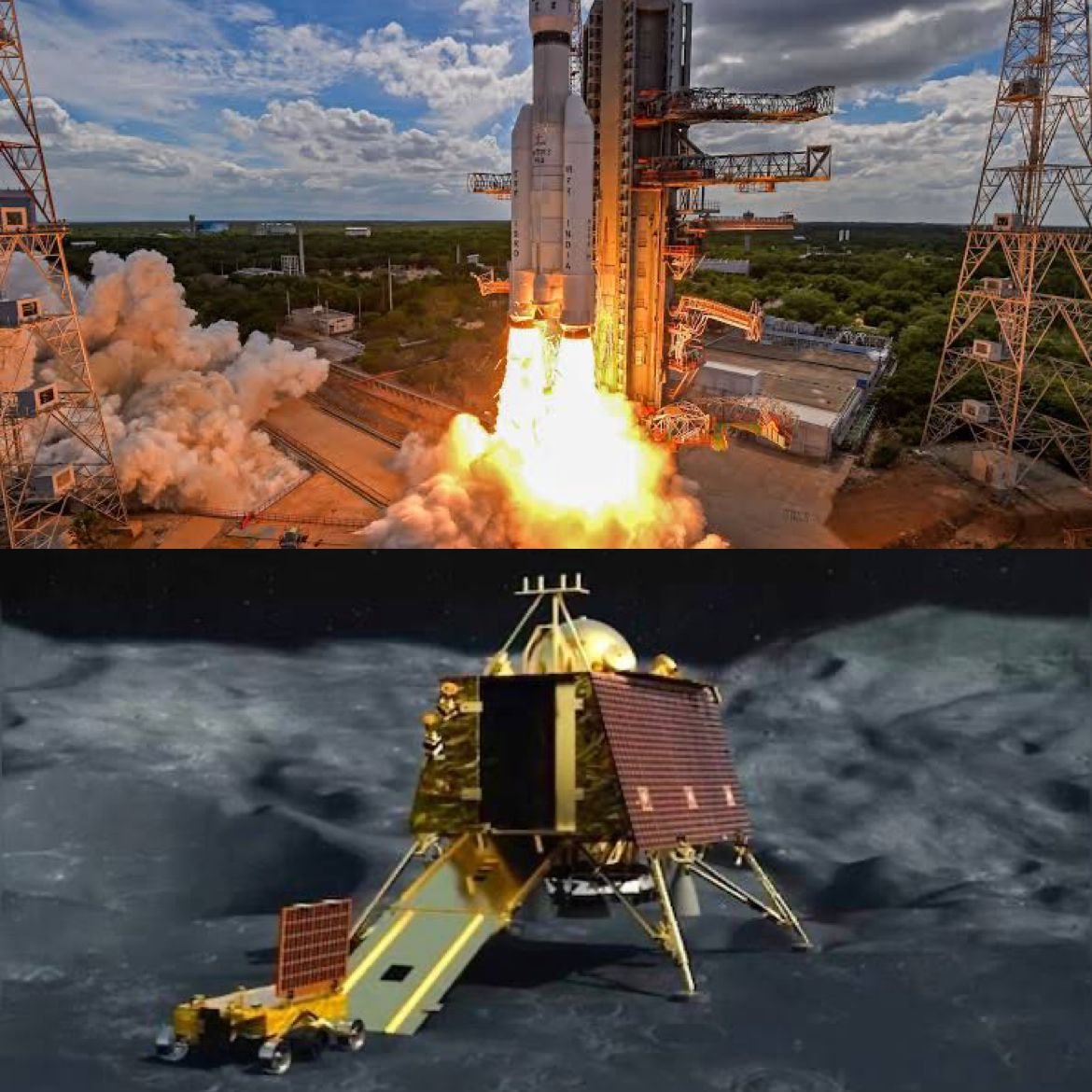
Brief by Shorts91 NewsDesk / 12:37pm on 29 Aug 2025,Friday Science
Prime Minister Narendra Modi announced that ISRO will collaborate with Japan’s space agency JAXA on the upcoming Chandrayaan-5 lunar mission. This strategic partnership marks a significant milestone in India’s space diplomacy, combining ISRO’s lunar expertise with JAXA’s advanced technology. The announcement was made during Modi’s visit to Japan, reinforcing Indo-Japanese cooperation in science and innovation. Chandrayaan-5 is expected to build on the success of Chandrayaan-3, which achieved a historic soft landing near the Moon’s south pole. The joint mission aims to deepen scientific research and expand global collaboration in space exploration. This move signals India’s growing leadership in space and its commitment to multilateral innovation. (PC: Firstpost & Newsclick)
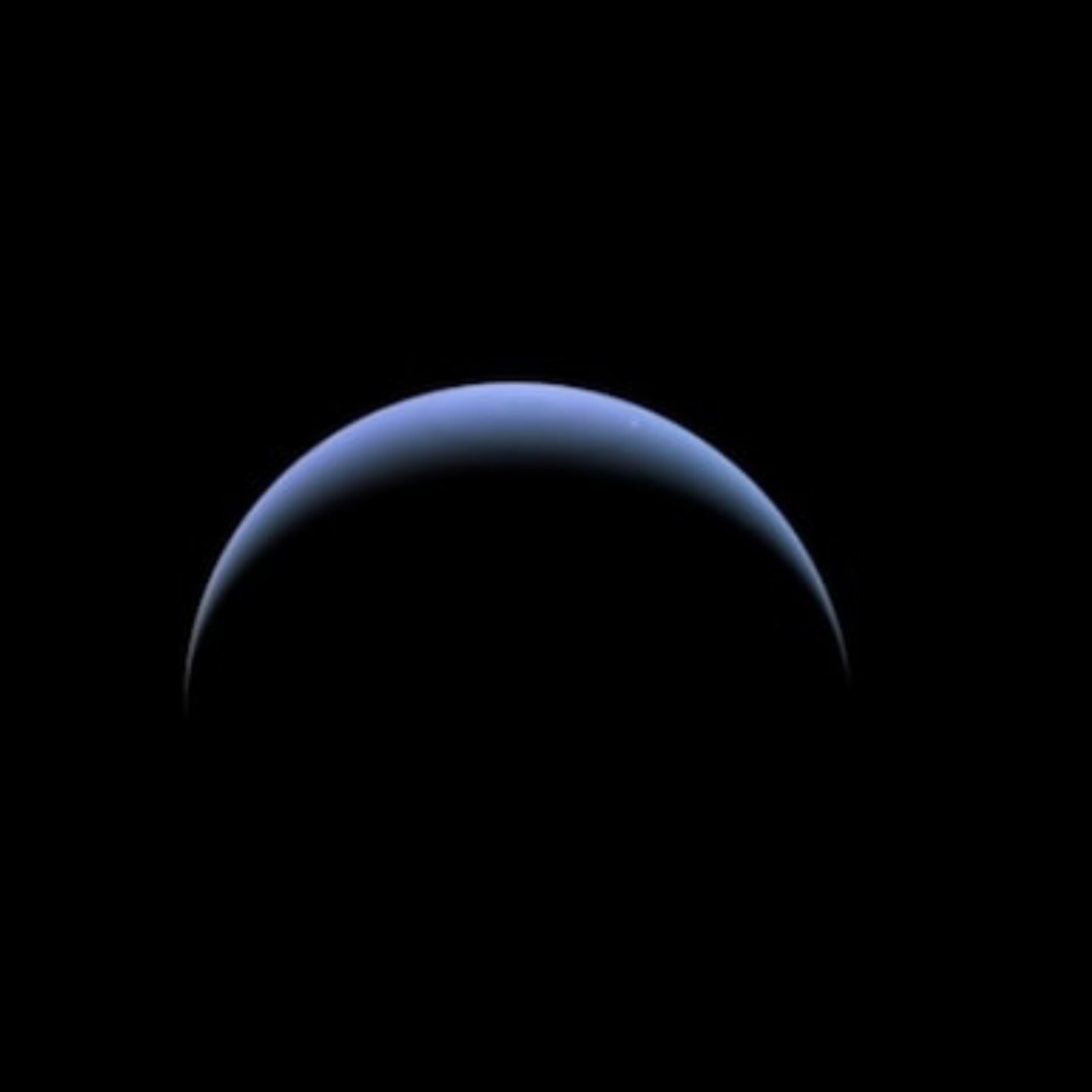
Brief by Shorts91 Newsdesk / 05:44am on 29 Aug 2025,Friday Science
NASA has shared the last image taken by Voyager 2 on August 28, 1989, captured from over 4.7 billion km away . The distant picture features Neptune prominently on the left, with its largest moon Triton visible on the right . This image marked Voyager 2’s final visual record before its optical cameras were permanently shut down to conserve power . From that vantage point, most of the sunlit sides of both bodies were oriented away from the spacecraft—offering a rare perspective as it departed the outer solar system. (PC: NASA)
Brief by Shorts91 Newsdesk / 01:20pm on 27 Aug 2025,Wednesday Science
SpaceX’s Falcon 9 rocket successfully launched and deployed satellites from Bengaluru-based Pixxel and Hyderabad’s Dhruva Space into orbit, marking a milestone for India’s private space sector. Pixxel placed three more Firefly hyperspectral imaging satellites in orbit—completing the first phase of its six-satellite constellation. These satellites capture over 135 spectral bands at 5-meter resolution across a 40-km swath, enabling advanced applications like agriculture, climate monitoring, and disaster response . Dhruva Space’s LEAP-1 satellite, carrying AI and hyperspectral payloads from Australian partners, was also deployed—signifying the startup’s first commercial mission . Industry observers hailed this dual-launch as a defining moment in the rise of Indian private space innovation.
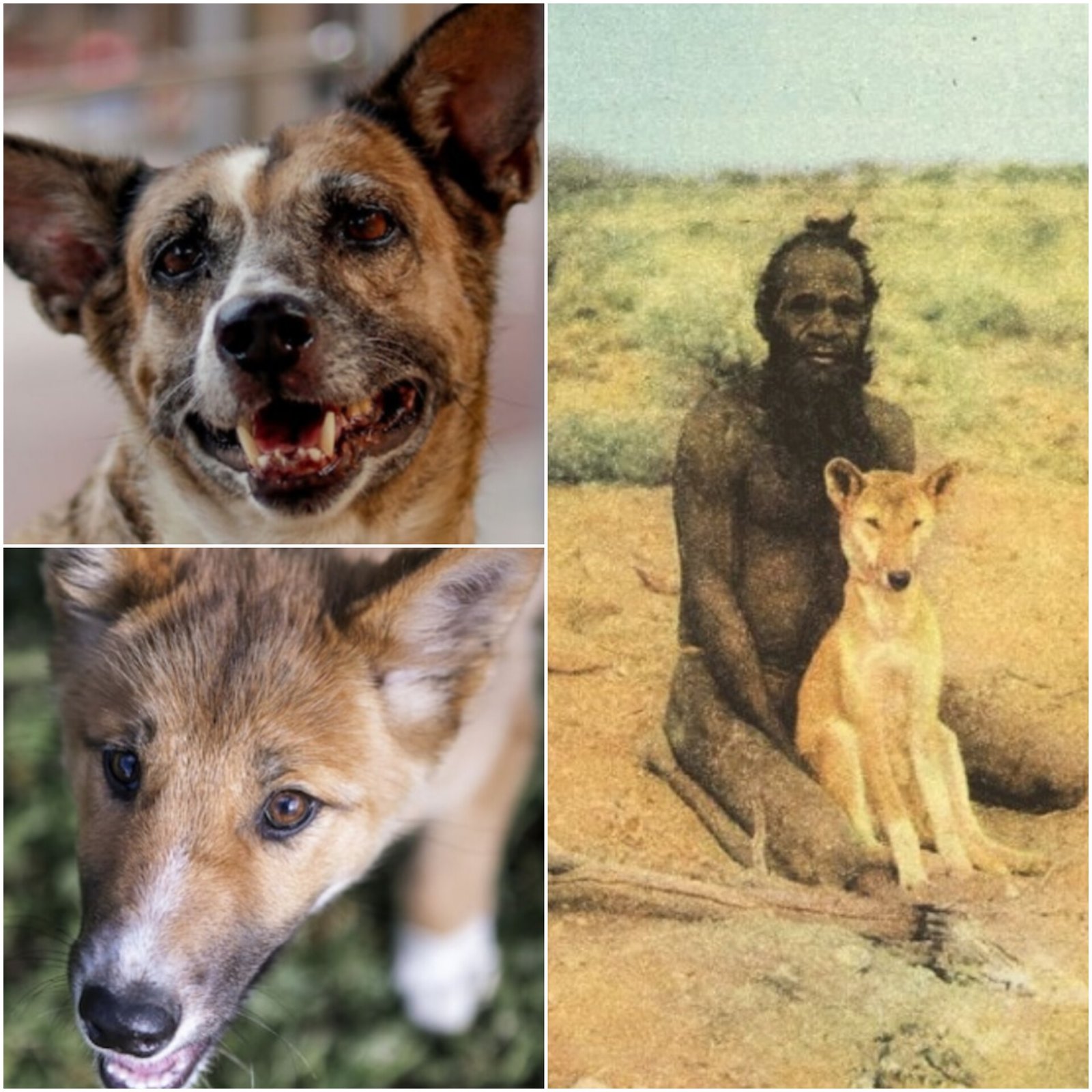
Brief by Shorts91 Newsdesk / 04:26am on 27 Aug 2025,Wednesday Science
Around 4,000 years ago, India’s desi dogs travelled 7,000 kms and reached Australia. Scientists say these dogs later became the dingo, now seen as Australia’s native animal. Genetic studies show a strong link between Indian dogs and dingoes. Aboriginal people lived with dingoes, raised them, and told stories about them. Dingoes also changed Australia’s ecology as top predators. Archaeological records confirm their sudden arrival about 3,500 years ago. The desi dogs, known for their curled tails and sharp ears, survive in India even today. Their pawprints in Australia tell of a long journey from South Asia. (PC: India Today)